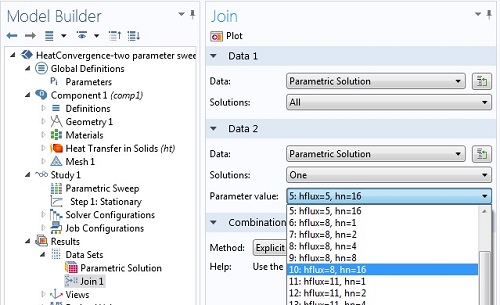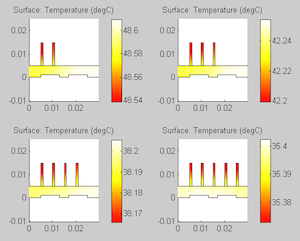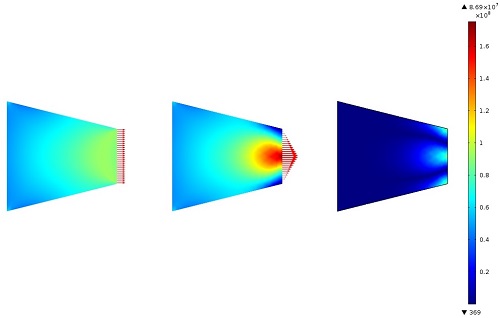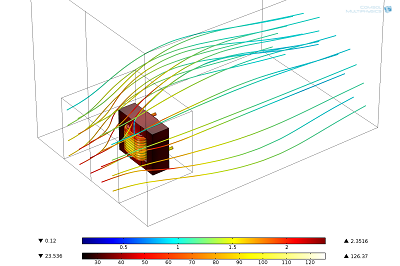Blog Posts Tagged Technical Content

Electron Energy Distribution Function
The electron energy distribution function (EEDF) strongly influences the results of a plasma model. But what are some ways we can numerically describe the EEDF in the COMSOL® software?

Understanding Traffic Congestion via Equation-Based Modeling
Boring, frustrating, extremely inconvenient: We’ve all experienced a traffic jam when trying to get from Point A to Point B. Researchers used equation-based modeling to study traffic congestion.

Solution Joining for Parametric, Eigenfrequency, and Time-Dependent Problems
In a follow-up to a previous blog post, we demonstrate how to use the Join feature in the context of 4 types of problems: parametric, eigenfrequency, frequency domain, and time dependent.

Exploiting Symmetry to Simplify Magnetic Field Modeling
Get an introduction to the types of symmetry boundary conditions that you can exploit in your EM models.

Automatically Handling Selections in COMSOL Multiphysics®
Part 3 of a blog series on how to handle selections and entity numbers with LiveLink™ for MATLAB® and the COMSOL® API. In this post, we show you how to handle selections and entity numbers.

How to Join Solutions in COMSOL Multiphysics
In certain modeling scenarios, you will need access to more than one dataset. Read this blog post to see how to do so in COMSOL Multiphysics® by joining solutions.

Getting the Most out of Client-Server Mode
Learn how to use Client-Server mode when modeling in COMSOL Multiphysics® on a Floating Network License — and see why it is beneficial for you to do so.

Modeling Convective Cooling of Electrical Devices
We developed a model that includes all of the important details of thermal management in a high-power electrical device. To do so, we needed to use high performance computing with hybrid modeling.
